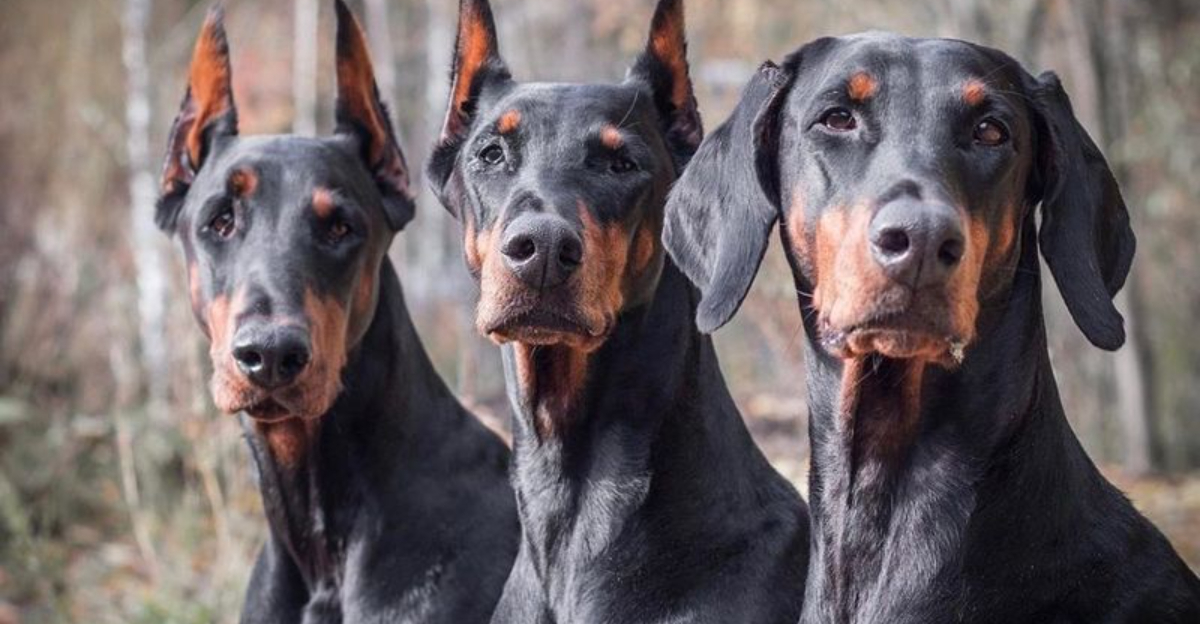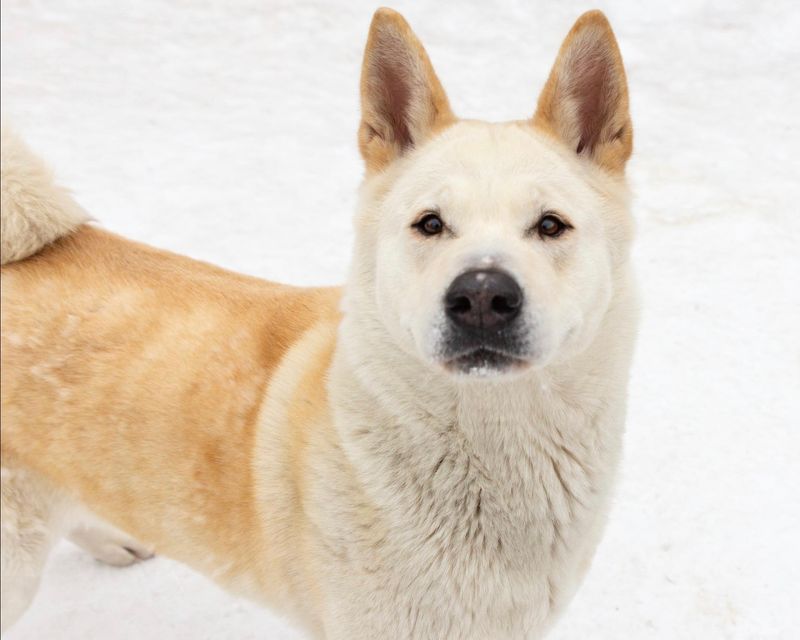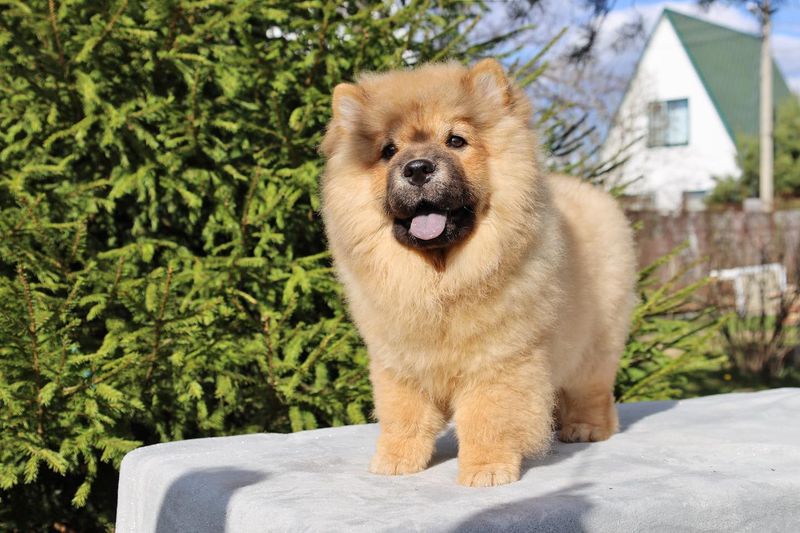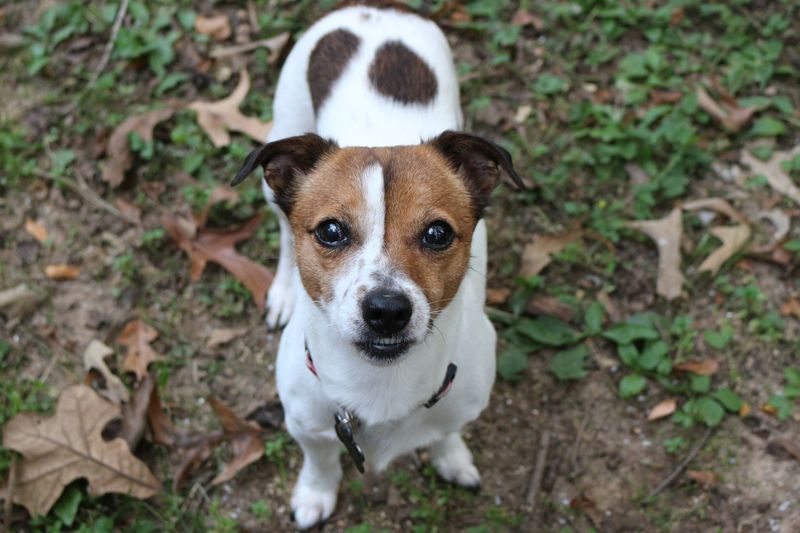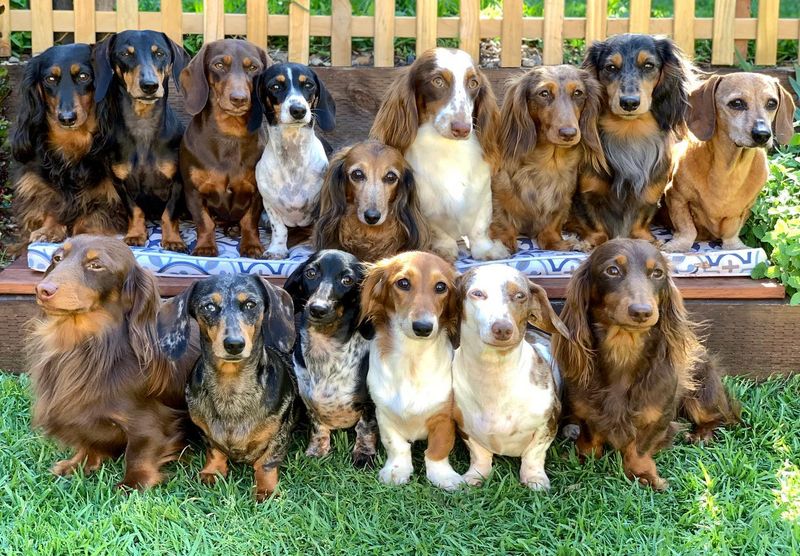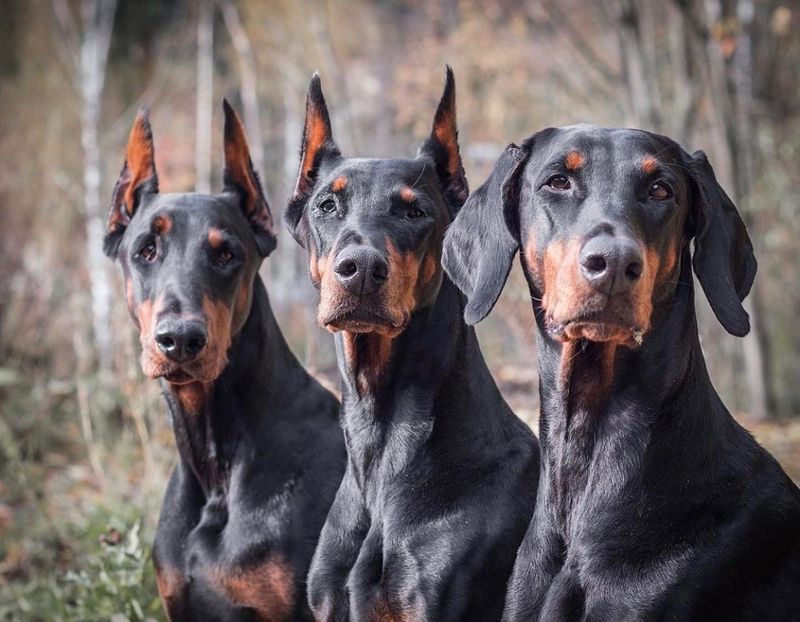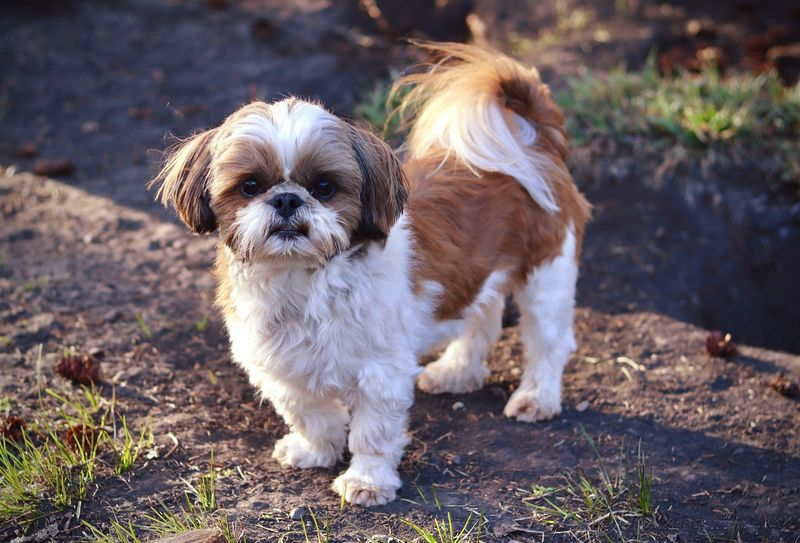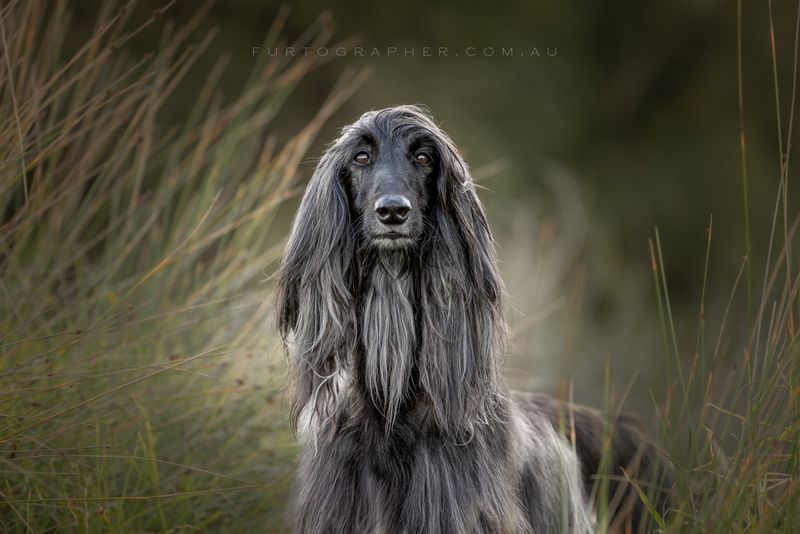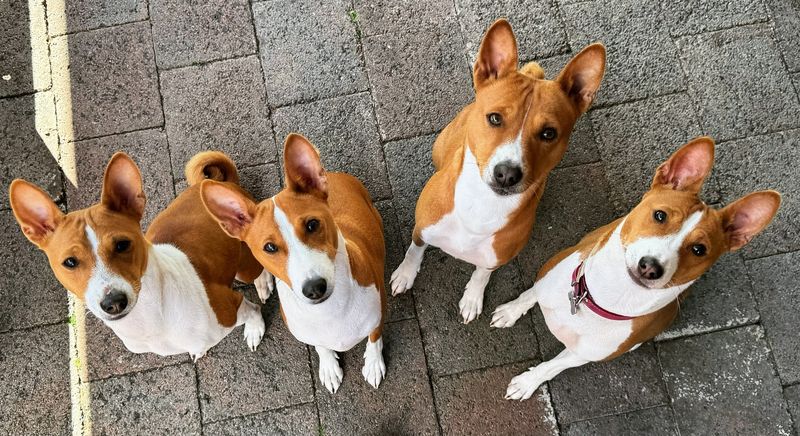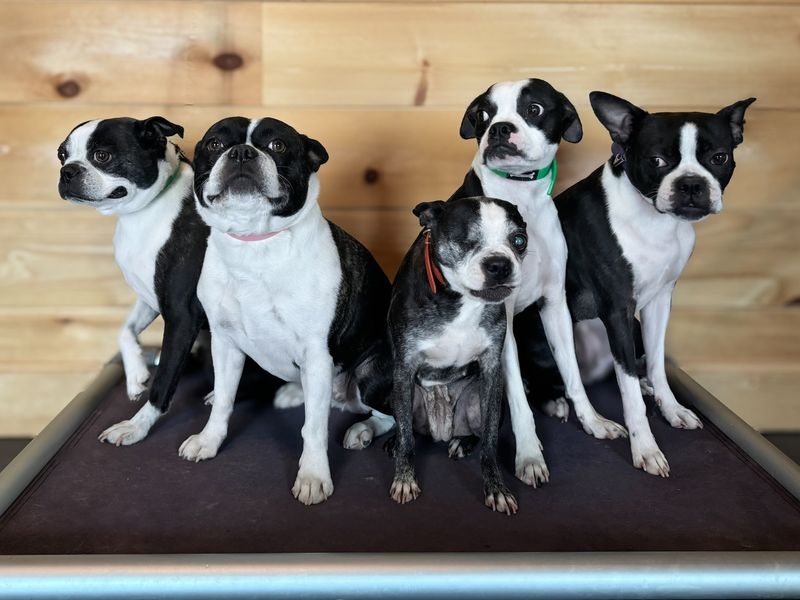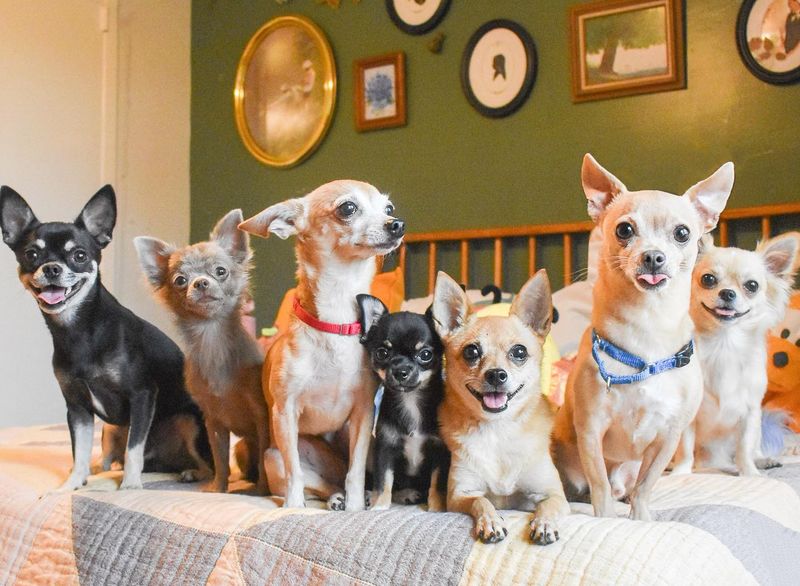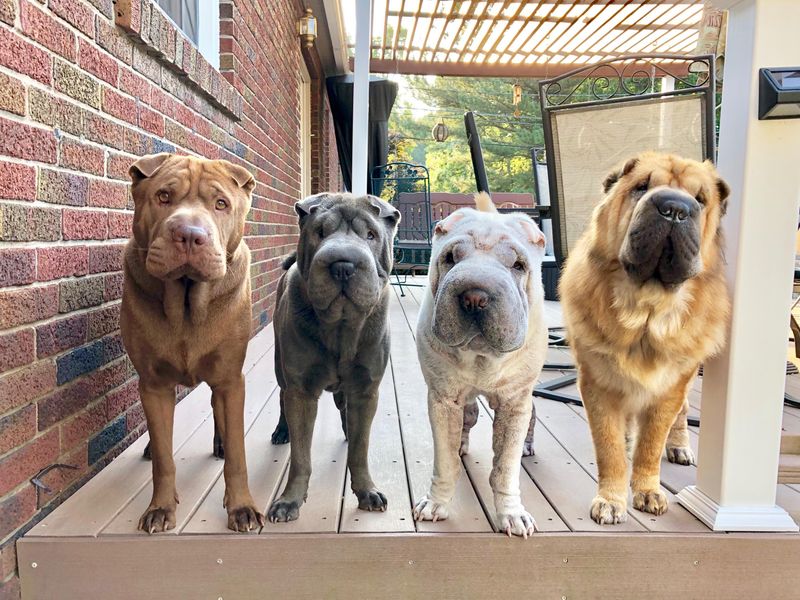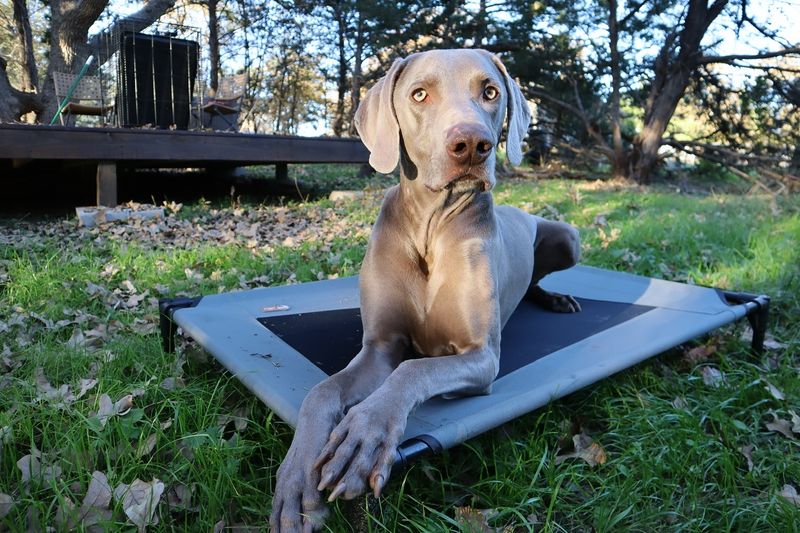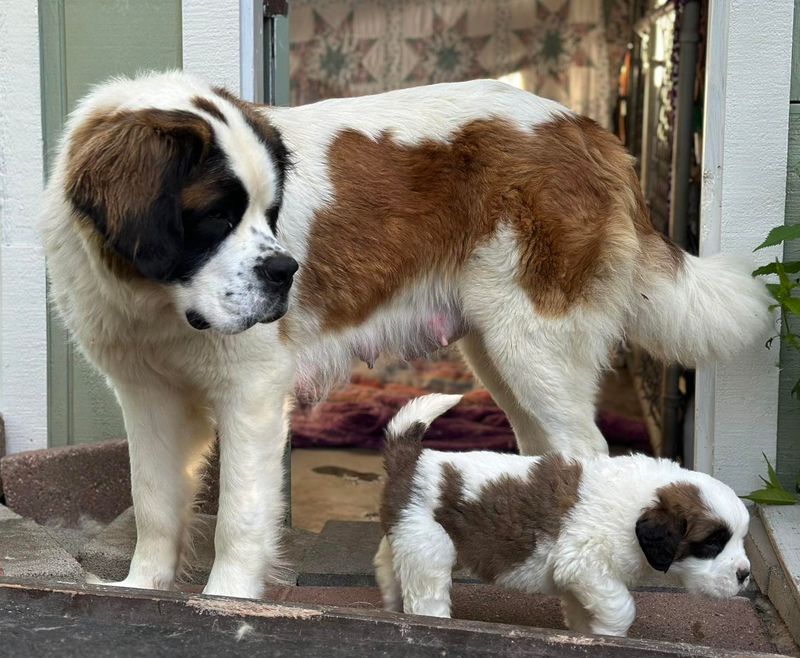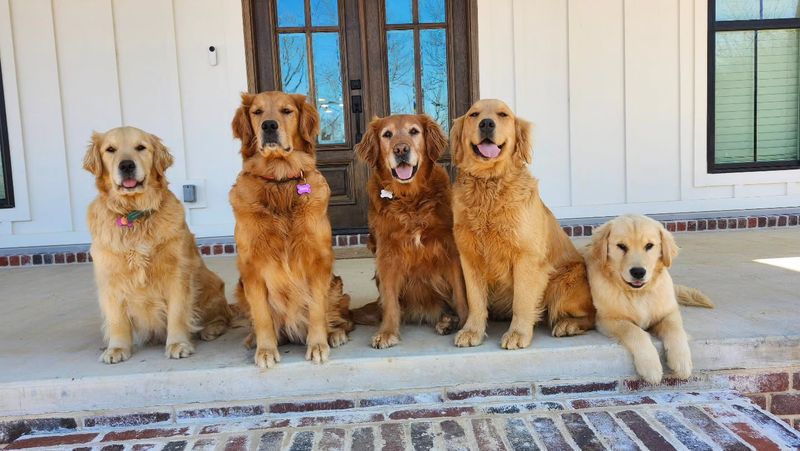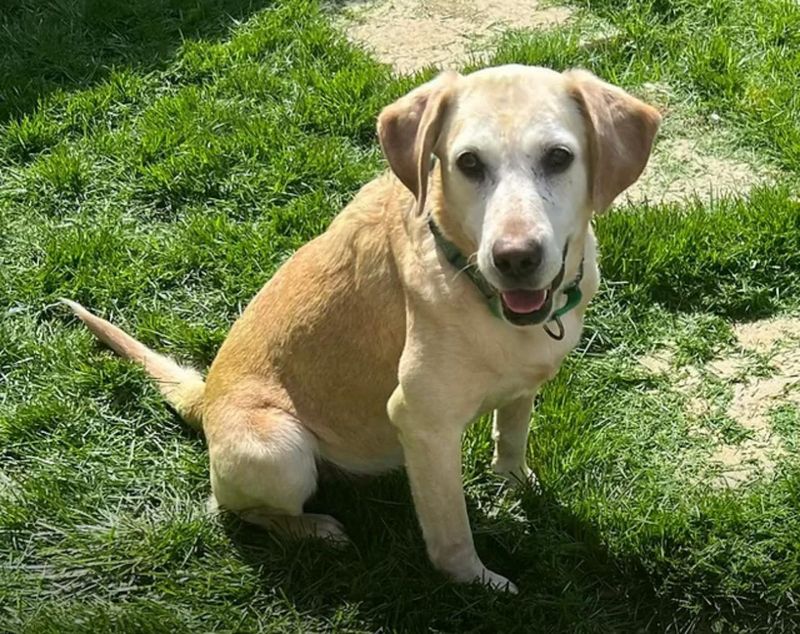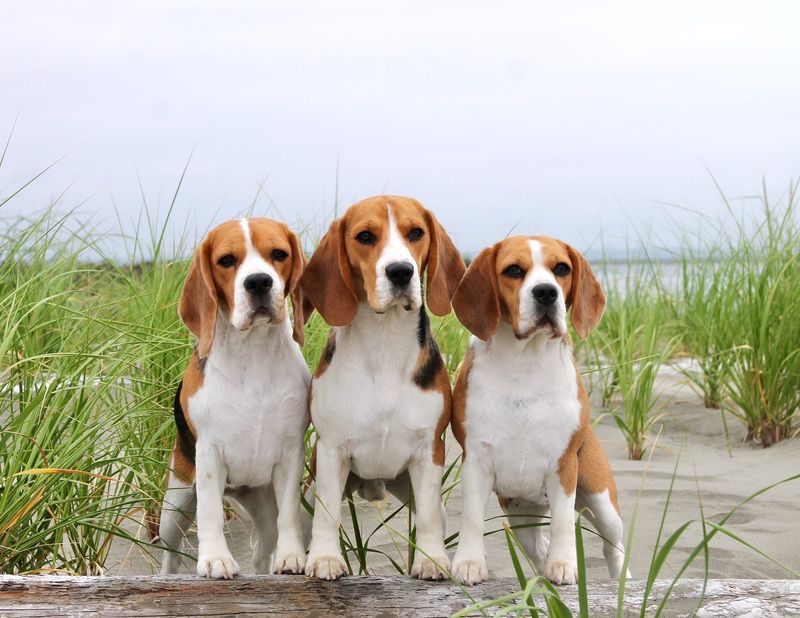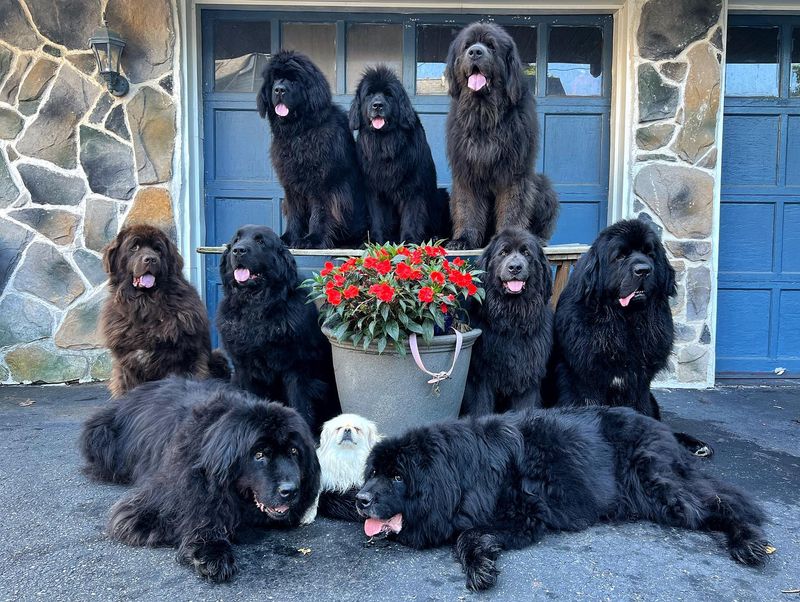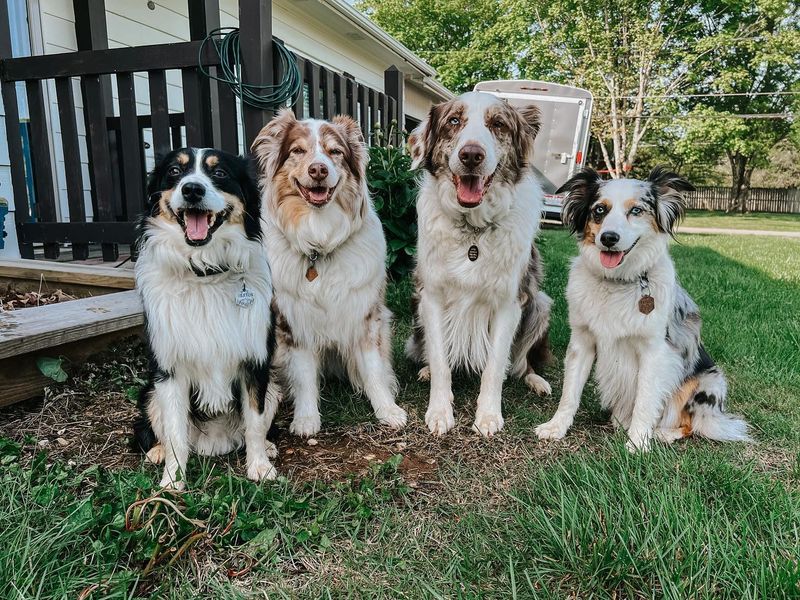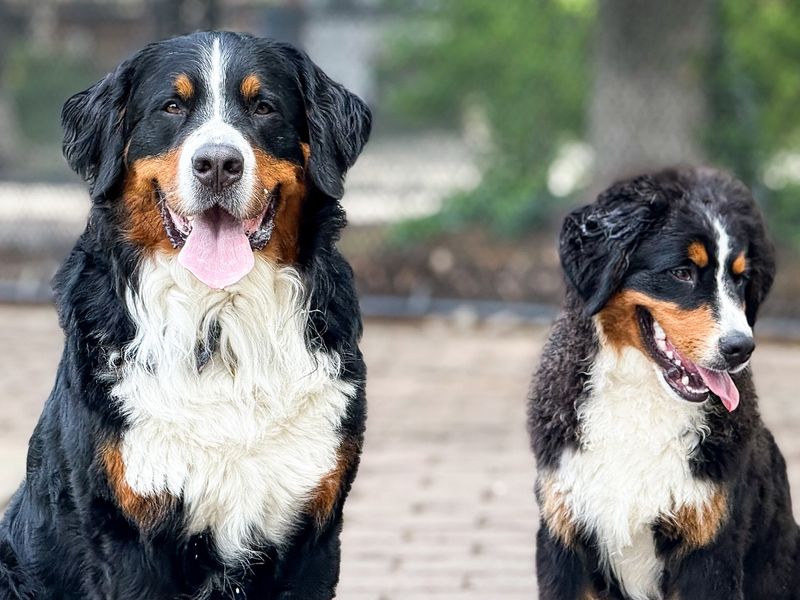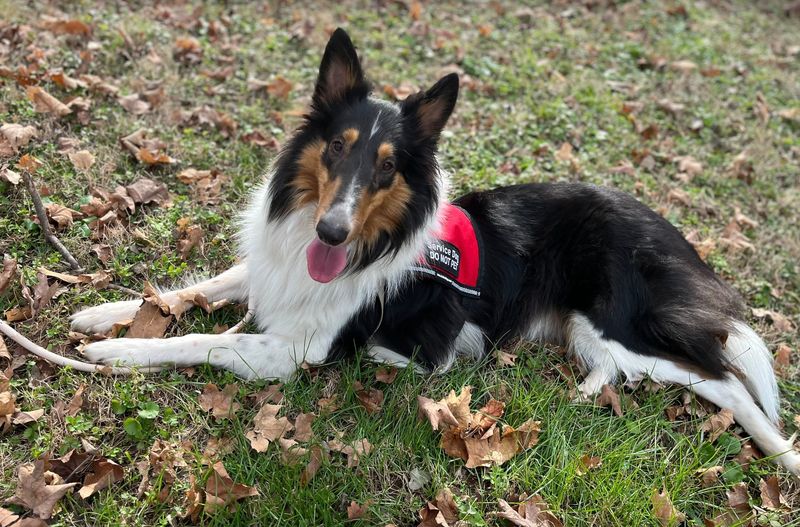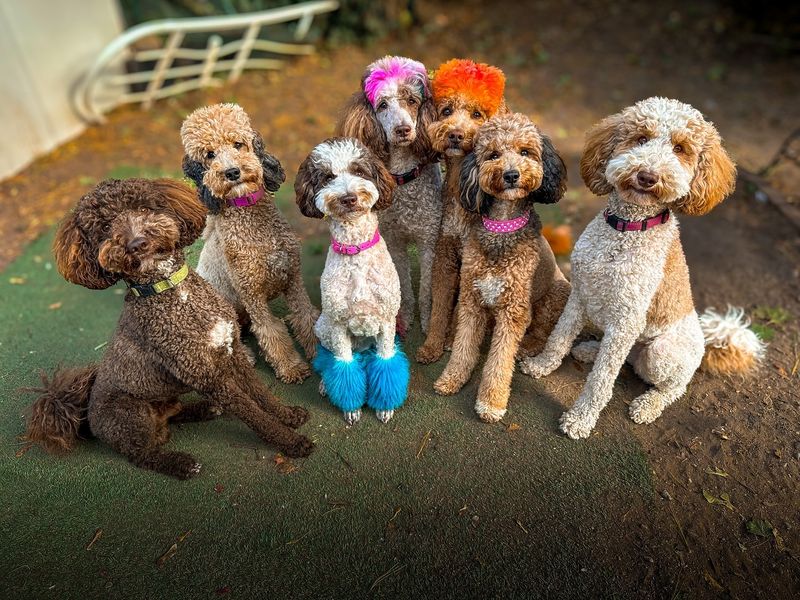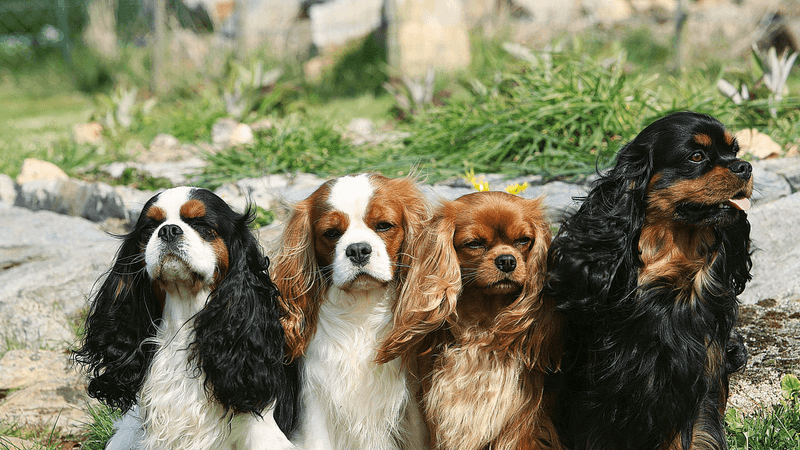Understanding the dynamics of dog breeds is essential, especially if you own multiple dogs or are planning to expand your furry family. Some breeds naturally struggle with other dogs due to their instincts or temperaments, while others thrive in a pack setting. This blog will explore fifteen dog breeds that typically face challenges when interacting with fellow canines and eleven that are known to make excellent pack members. Whether you’re looking to avoid potential conflicts or seeking a dog that will fit seamlessly into your current pet lineup, this list offers valuable insights to guide your choice.
Akita
The noble Akita, originating from the snowy regions of Japan, carries a legacy of loyalty. While its devotion to family is unparalleled, the Akita often struggles with other dogs, especially those of the same sex. This breed’s strong-willed nature and inherent protectiveness can lead to dominance issues.
Potential owners must note that early socialization is crucial to help an Akita coexist peacefully with other canines. Known for its dignified demeanor, the Akita is best suited for single-dog households or experienced handlers.
Fun Fact: Helen Keller brought the first Akita to the United States in 1937.
Chow Chow
With its distinctive lion-like mane, the Chow Chow is both majestic and aloof. Originating from China, this breed is renowned for its independence, which can sometimes translate to challenges in socializing with other dogs.
Chow Chows tend to bond closely with their families, often displaying wariness towards strangers and other pets. Their reserved nature requires owners who understand their unique temperament.
A tidbit from history: Chow Chows were once kept as guard dogs for Chinese temples, underlining their protective instincts.
Jack Russell Terrier
Brimming with energy and enthusiasm, the Jack Russell Terrier is a bundle of dynamism. Bred for hunting, this small but spirited terrier often finds it challenging to get along with other dogs.
Their prey drive and fearless nature can lead to clashes, especially with larger breeds. However, with proper training and socialization, they can learn to coexist.
Fun Fact: The breed was developed by Reverend John Russell in the 19th century, primarily for fox hunting, showcasing their tenacity and courage.
Dachshund
The Dachshund, with its iconic long body and short legs, is a curious little explorer. Despite its small size, this breed is known for its bold heart and sometimes stubborn nature.
Dachshunds may struggle with other dogs due to their hunting instincts and territorial behavior. Socialization from a young age is essential to help them integrate with other pets.
Did you know? The Dachshund was originally bred in Germany to hunt badgers, a testament to their fearless and tenacious spirit.
Doberman Pinscher
The Doberman Pinscher, an embodiment of elegance and alertness, often commands attention. While highly intelligent and loyal, Dobermans can exhibit dominance towards other dogs, especially if not properly socialized.
Their protective instincts make them excellent guard dogs, but this can sometimes lead to territorial disputes. Owners should invest time in training to ensure harmonious interactions.
Fun Fact: The breed was developed by Karl Dobermann, a tax collector, for protection during his rounds.
Shih Tzu
With a history as luxurious as its coat, the Shih Tzu is a royal companion. Originating from ancient China, this breed was bred to be a cherished lap dog.
Despite its diminutive size, the Shih Tzu can be surprisingly stubborn, and may not always get along with other dogs. Consistent training and positive reinforcement are key to fostering good behavior.
A regal tidbit: Shih Tzus were often found in the Chinese royal courts, pampered by emperors and their families.
Afghan Hound
The Afghan Hound, known for its flowing coat and aristocratic appearance, is often seen as aloof. This breed’s independent nature can make it challenging to socialize with other dogs.
While they exude grace, Afghan Hounds require patient handling and early socialization to prevent isolation tendencies. Their elegant demeanor does not overshadow their strong prey drive, a remnant of their hunting past.
Historical Highlight: This breed has roots tracing back to the mountainous regions of Afghanistan, where they were valued for their hunting prowess.
Basenji
Known as the “barkless dog,” the Basenji is as unique as it is intriguing. Originating from Central Africa, this breed is independent and curious, often getting into trouble with other dogs.
Their strong prey drive and territorial nature can lead to conflicts if not properly managed. Basenjis thrive in environments where their tracking instincts are put to good use.
Fun Fact: The Basenji’s yodel-like sound, known as a “barroo,” is due to its unique laryngeal structure.
Cocker Spaniel
The Cocker Spaniel, with its soft eyes and flowing ears, is often perceived as gentle. However, this breed can sometimes display possessiveness and jealousy, especially when competing for attention.
Early socialization is key to fostering a balanced temperament in a Cocker Spaniel. Despite occasional challenges, their affectionate nature endears them to many families.
Did you know? This breed gained massive popularity in the mid-20th century, partly due to Disney’s “Lady and the Tramp.”
Boston Terrier
Affectionately known as the “American Gentleman,” the Boston Terrier boasts a distinctive tuxedo coat. While generally friendly, Boston Terriers can display stubbornness, particularly when asserting dominance over toys or food.
With consistent training, they can become delightful companions, blending playfulness with loyalty. Their small size and lively nature make them well-suited for city living.
A quirky tidbit: The breed was developed in Boston, Massachusetts, and has since become an emblem of the city.
Chihuahua
The Chihuahua, despite its tiny stature, carries a personality that often seems larger than life. This breed is known for its feisty and sometimes territorial behavior, which can lead to conflicts with other dogs.
Socialization from an early age is crucial to mitigate these tendencies. Chihuahuas thrive in environments where they receive ample attention and guidance.
Fun Fact: Chihuahuas are named after the Mexican state of Chihuahua, where the breed is believed to have originated.
Shar Pei
With its iconic wrinkled skin, the Shar Pei is a breed steeped in history. Originating from China, Shar Peis were traditionally used as guard dogs, a role that influences their behavior today.
This breed can be wary and sometimes aggressive towards other dogs, necessitating strong leadership and socialization. Despite challenges, their loyalty to family is unwavering.
Historical Note: Shar Peis were once considered rare, with their population dwindling to just a few dozen in the 1970s.
Weimaraner
The Weimaraner, with its sleek coat and striking eyes, is an embodiment of athleticism. Bred for hunting in Germany, this breed possesses a strong prey drive and high energy.
Weimaraners may clash with other dogs if these instincts aren’t channeled properly through training and exercise. Despite this, their intelligence and loyalty make them cherished family members.
Fun Fact: The Weimaraner was a favorite of nobles, often featured in hunting parties and royal portraits.
Saint Bernard
With a heart as big as its paws, the Saint Bernard is every child’s gentle guardian. Known for their rescue prowess in the Swiss Alps, these gentle giants exude warmth and affection.
Despite their imposing size, Saint Bernards are remarkably good-natured and get along well with other dogs. Their calm demeanor makes them perfect pack members, especially in families with children.
Did you know? Saint Bernards were originally bred by monks in Switzerland to rescue travelers lost in the snow.
Golden Retriever
The Golden Retriever, with its shiny coat and ever-wagging tail, is synonymous with friendliness. This breed’s easygoing nature makes it a favorite in many households. Golden Retrievers thrive on companionship and are known to form strong bonds with other dogs.
Their intelligence and trainability further enhance their appeal as pack members.
Fun Fact: The breed was developed in Scotland in the late 19th century, primarily for retrieving games during hunting expeditions.
Labrador Retriever
Labrador Retrievers, with their joyful spirits, are often found splashing in water, showcasing their love for life. Known for their sociable nature, Labradors seamlessly integrate into multi-dog households.
Their eagerness to please and cooperative attitude make them superb pack members. Whether it’s playtime or downtime, Labradors cherish the company of fellow canines.
Did you know? Despite its name, the Labrador Retriever actually hails from Newfoundland, Canada.
Beagle
The Beagle, with its inquisitive nose and soulful eyes, is a scent hound with a heart full of joy. Bred for pack hunting, Beagles naturally gel well with other dogs, sharing their love for exploring.
Their playful nature and boundless energy make them delightful companions in multi-dog settings. Regular exercise and mental stimulation keep Beagles happy and harmonious.
Fun Fact: Beagles have been popular pets since the Elizabethan era, appreciated for their hunting skills and amiable demeanor.
Newfoundland
The Newfoundland, often referred to as a gentle giant, possesses a heart as vast as the ocean. Known for their swimming prowess and rescue abilities, these dogs are incredibly gentle and nurturing.
Their serene nature makes them excellent companions for other dogs, often taking on a protective role within a pack.
Did you know? Newfoundlands were originally bred in Canada to assist fishermen, becoming renowned for their lifesaving abilities.
Australian Shepherd
The Australian Shepherd, with its vibrant coat and keen intelligence, is a natural herder. This breed thrives in active environments, where it can channel its energy and smarts.
Known for their sociability, Australian Shepherds often make seamless pack members, enjoying the camaraderie of other dogs. Their enthusiasm for play and work alike makes them a joy to be around.
Fun Fact: Despite their name, Australian Shepherds were developed in the United States to herd livestock.
Bernese Mountain Dog
The Bernese Mountain Dog, with its tri-color coat and endearing personality, is a picture of tranquility. Bred in the Swiss Alps, these dogs excel in cold climates and are known for their gentle demeanor.
Their amiable nature makes them wonderful companions for other dogs, often forming strong bonds within a pack.
Did you know? Bernese Mountain Dogs were originally used as draft animals, pulling carts in the mountainous regions of Switzerland.
Collie
The Collie, famed for its flowing coat and sharp mind, is a breed of elegance and intelligence. Known for their loyalty, Collies often form tight-knit bonds with their pack members.
They excel in environments where they can put their herding skills to use, thriving on both companionship and challenge.
A historical note: The Collie’s popularity soared in the 20th century, thanks to “Lassie,” the beloved TV dog.
Poodle
The Poodle, with its stylish cut and elegant prance, is much more than a pretty face. This breed’s intelligence and adaptability make it a versatile companion.
Poodles are known for their friendly disposition, often integrating well within multi-dog households. Their flair for fun and loyalty ensure they are cherished members of any pack.
Fun Fact: Poodles were originally bred in Germany as water retrievers, a nod to their love of swimming.
Cavalier King Charles Spaniel
The Cavalier King Charles Spaniel, with its gentle gaze and silky ears, is a true lapdog. Bred as a companion, this breed is known for its affectionate nature and sociability.
They easily mingle with other dogs, enjoying the warmth of companionship and play. Their charming demeanor makes them delightful pack members.
Did you know? This breed was named after King Charles II of England, who adored his toy spaniels.
Pembroke Welsh Corgi
The Pembroke Welsh Corgi, with its short legs and spirited nature, is a herder at heart. Known for their intelligence and loyalty, Corgis often thrive in multi-dog settings, enjoying the dynamics of a pack.
Their playful spirit and eagerness to work make them a joy to have around.
Fun Fact: Corgis are a favorite of the British royal family, particularly Queen Elizabeth II, who has owned more than 30 during her reign.
